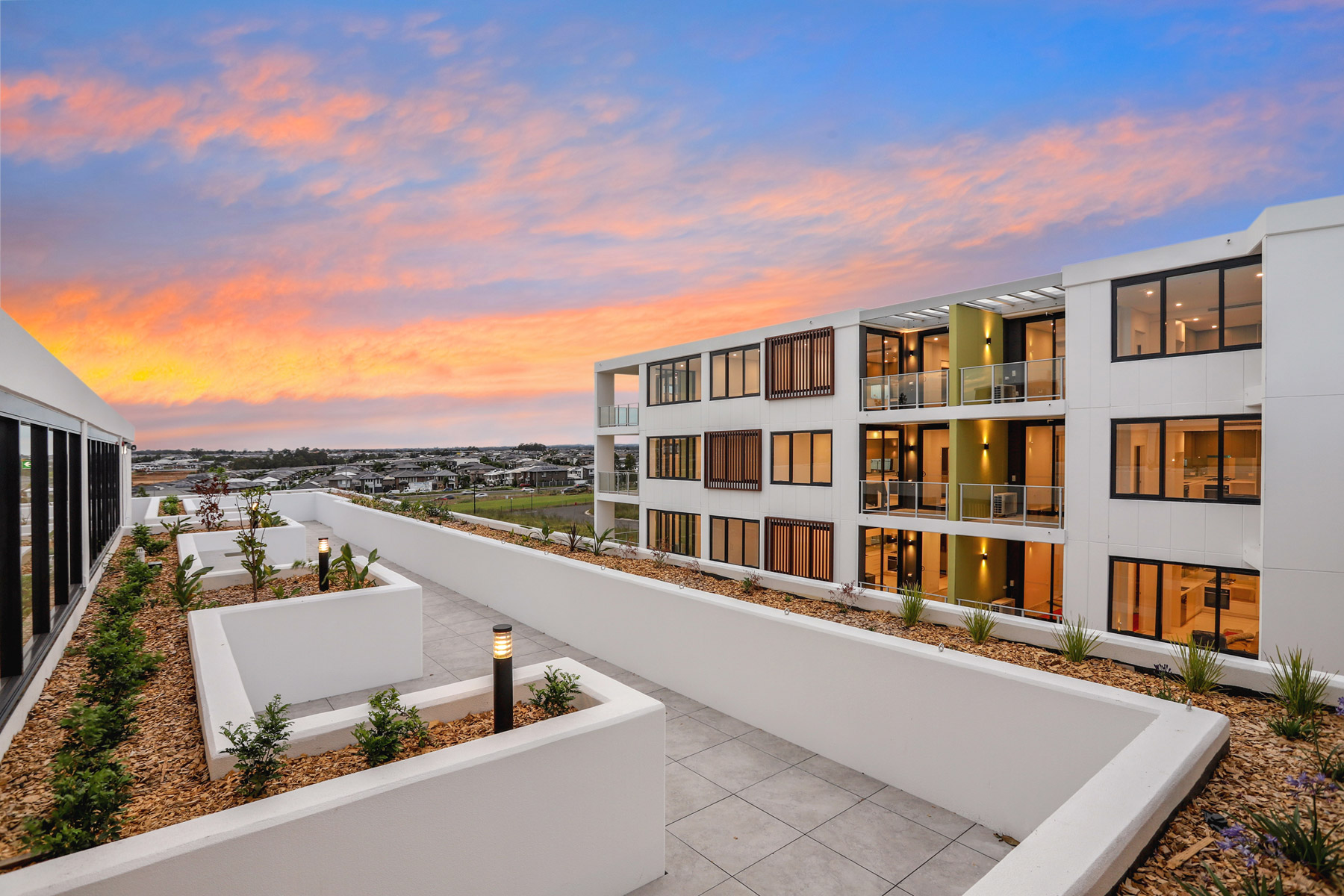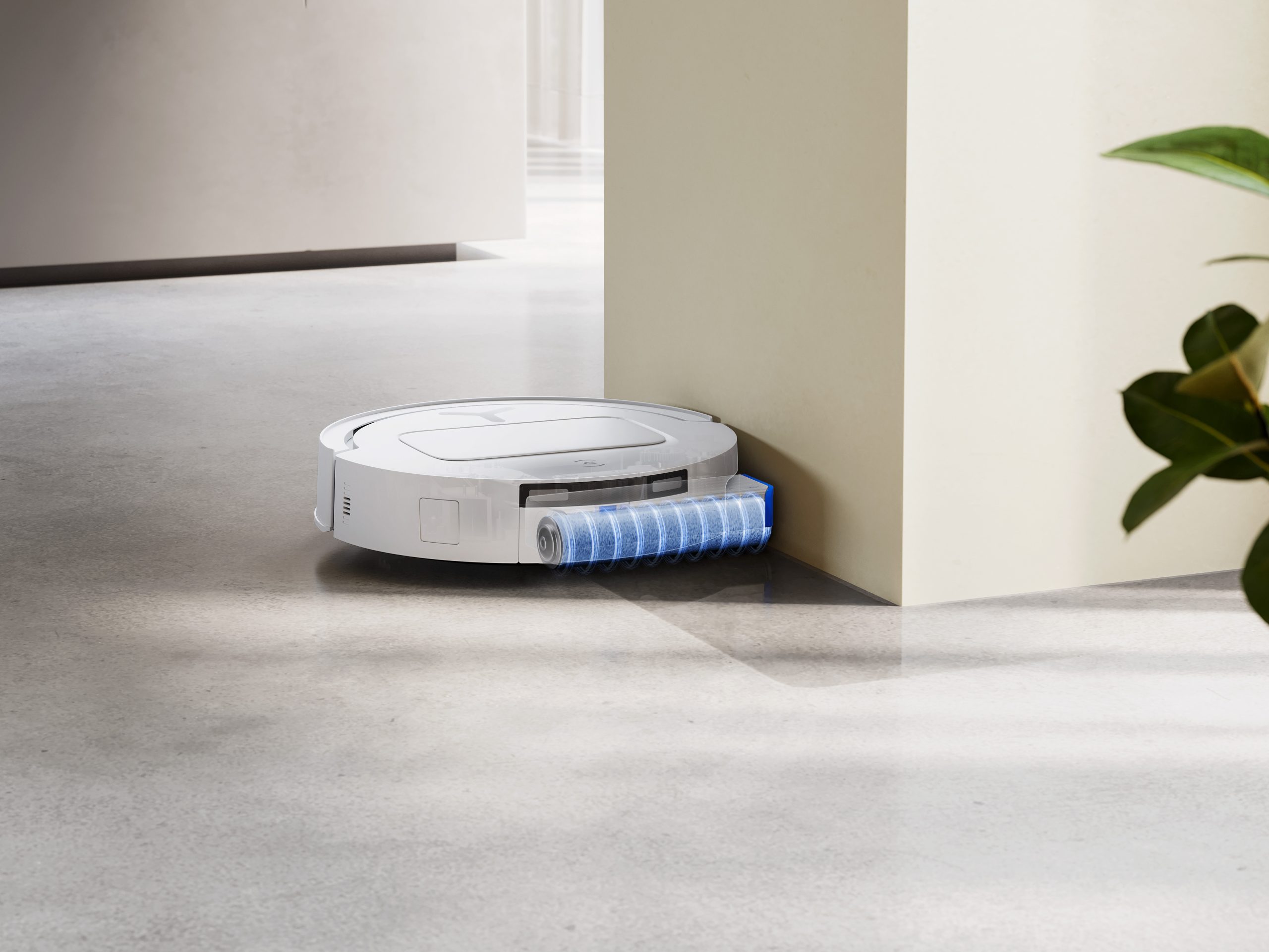Jeff Bezos’s Beverly Hills Neighbour Puts Sleek Mansion up for Sale
The nearly 10,000-square-foot home stands right at the entrance to the Amazon billionaire’s grand, $165 million estate.
A home that’s right at the entrance to Jeff Bezos’s Beverly HIlls estate, which the billionaire purchased for $165 million in 2020, is now on the market asking $19.8 million.
Shaded by mature olive trees, the three-story modern mansion on Angelo Drive spans nearly 10,000 square feet, and includes five bedrooms, a bar and lounge, a home cinema, a pool with floating benches, and a 15-car garage.
The modern home centers around a striking wood staircase that extends through all three floors, creating an eye-shaped spiral.
Other design choices include a full-height black marble fireplace, herringbone wood flooring, grayscale marble backsplashes in the kitchen and bathroom, banks of floor-to-ceiling windows and a seating area in the middle of the pool.
There is also an outdoor kitchen and eating area poolside, and a living space with sliding doors that open directly onto the pool deck, for indoor/outdoor living.
The home was built in 2021 and designed by Gabbay Architects for the owner, who purchased the underlying property for $4.1 million in 2015, according to property records accessed through PropertyShark.
The seller, who runs a Beverly Hills-based plastic surgery practice, could not immediately be reached for comment.
The Benedict Canyon house came to market Friday with Tomer Fridman of Christie’s International Real Estate. He could not immediately be reached for comment.
The Bezos estate is also known as the Warner Estate, named after its first owner, Hollywood mogul Jack Warner of the Warner Bros.
After Warner, the 9-acre estate was owned by music executive and film producer David Geffen, followed by Bezos. The property includes a palatial Gregorian Revival mansion built in 1939 and designed by architect Florence Yoch to befit the status of one of the most powerful men in Hollywood.
At $19.8 million, the new listing offers quite a deal compared to other properties neighbouring Bezos. In Florida, the owner of a vacant lot next door to the Amazon founder’s estate on Indian Creek Island is asking $150 million for it.
 Copyright 2020, Dow Jones & Company, Inc. All Rights Reserved Worldwide. LEARN MORE
Copyright 2020, Dow Jones & Company, Inc. All Rights Reserved Worldwide. LEARN MORE
Records keep falling in 2025 as harbourfront, beachfront and blue-chip estates crowd the top of the market.
A divide has opened in the tech job market between those with artificial-intelligence skills and everyone else.
The 2026 McGrath Report warns that without urgent reforms to planning, infrastructure and construction, housing affordability will continue to slip beyond reach for most Australians.
Australia’s housing market has reached a critical juncture, with home ownership and rental affordability deteriorating to their worst levels in decades, according to the McGrath Report 2026.
The annual analysis from real estate entrepreneur John McGrath paints a sobering picture of a nation where even the “lucky country” has run out of luck — or at least, out of homes.
New borrowers are now spending half their household income servicing loans, while renters are devoting one-third of their earnings to rent.
The time needed to save a 20 per cent deposit has stretched beyond ten years, and the home price-to-income ratio has climbed to eight times. “These aren’t just statistics,” McGrath writes. “They represent real people and real pain.”
McGrath argues that the root cause of Australia’s housing crisis is not a shortage of land, but a shortage of accessibility and deliverable stock.
“Over half our population has squeezed into just three cities, creating price pressure and rising density in Sydney, Melbourne and Brisbane while vast developable land sits disconnected from essential infrastructure,” he says.
The report identifies three faltering pillars — supply, affordability and construction viability — as the drivers of instability in the current market.
Developers across the country, McGrath notes, are “unable to make the numbers work” due to labour shortages and soaring construction costs.
In many trades, shortages have doubled or tripled, and build costs have surged by more than 30 per cent, stalling thousands of projects.
Need for systemic reform
McGrath’s prescription is clear: the only real solution lies in increasing supply through systemic reform. “We need to streamline development processes, reduce approval timeframes and provide better infrastructure to free up the options and provide more choice for everyone on where they live,” he says.
The 2026 edition of the report also points to promising trends in policy and innovation. Across several states, governments are prioritising higher-density development near transport hubs and repurposing government-owned land with existing infrastructure.
Build-to-rent models are expanding, and planning reforms are gaining traction. McGrath notes that while these steps are encouraging, they must be accelerated and supported by new construction methods if Australia is to meet demand.
One of the report’s key opportunities lies in prefabrication and modular design. “Prefabricated homes can be completed in 10–12 weeks compared to 18 months for a traditional house, saving time and money for everyone involved,” McGrath says.
The report suggests that modular and 3D-printed housing could play a significant role in addressing shortages while setting a new global benchmark for speed, cost and quality in residential construction.
Intelligent homes
In a section titled Weathering the Future: The Power of Smart Design, the report emphasises that sustainable and intelligent home design is no longer aspirational but essential.
It highlights new technologies that reduce energy use, improve thermal efficiency, and make homes more resilient to climate risks.
“There’s no reason why Australia shouldn’t be a world leader in innovative design and construction — and many reasons why we should be,” McGrath writes.
Despite the challenges, the tone of the 2026 McGrath Report is one of cautious optimism. Demand is expected to stabilise at around 175,000 households per year from 2026, and construction cost growth is finally slowing. Governments are also showing a greater willingness to reform outdated planning frameworks.
McGrath concludes that the path forward requires bold decisions and collaboration between all levels of government and industry.
“Australia has the land, demand and capability,” he says. “What we need now is the will to implement supply-focused solutions that address root causes rather than symptoms.”
“Only then,” he adds, “can we turn the dream of home ownership back into something more than a dream.”
BMW has unveiled the Neue Klasse in Munich, marking its biggest investment to date and a new era of electrification, digitalisation and sustainable design.
An opulent Ryde home, packed with cinema, pool, sauna and more, is hitting the auction block with a $1 reserve.























